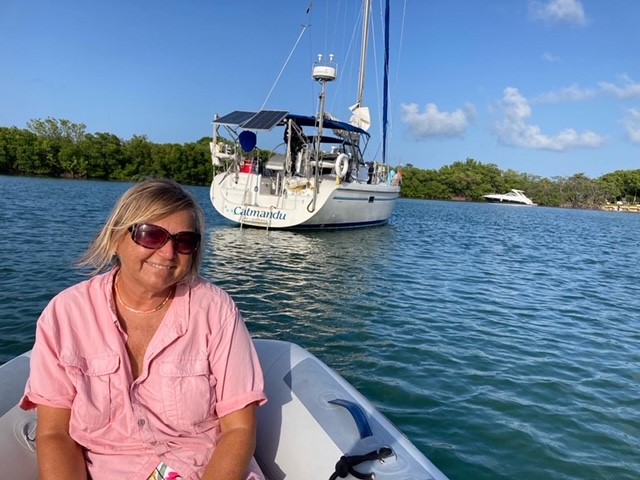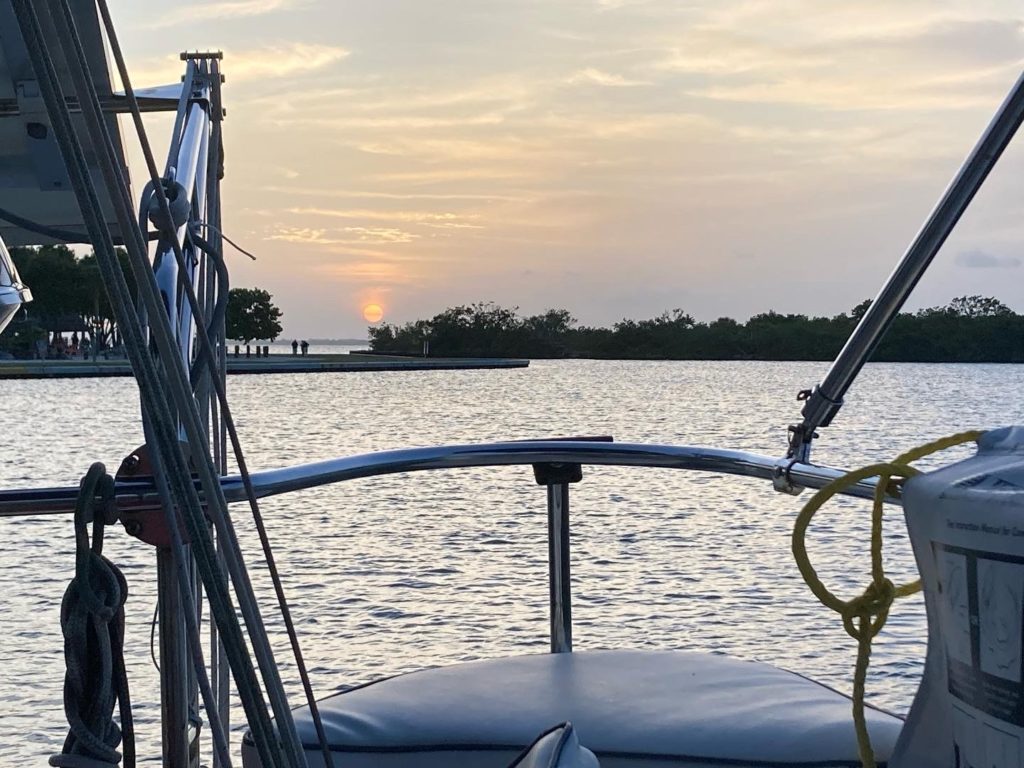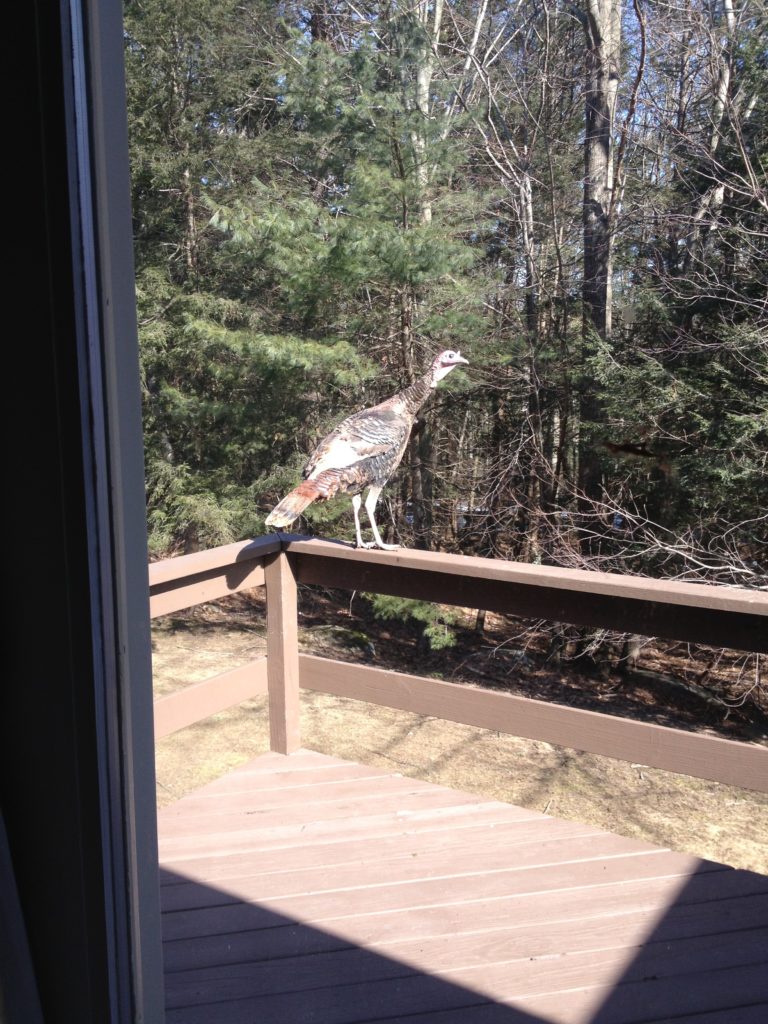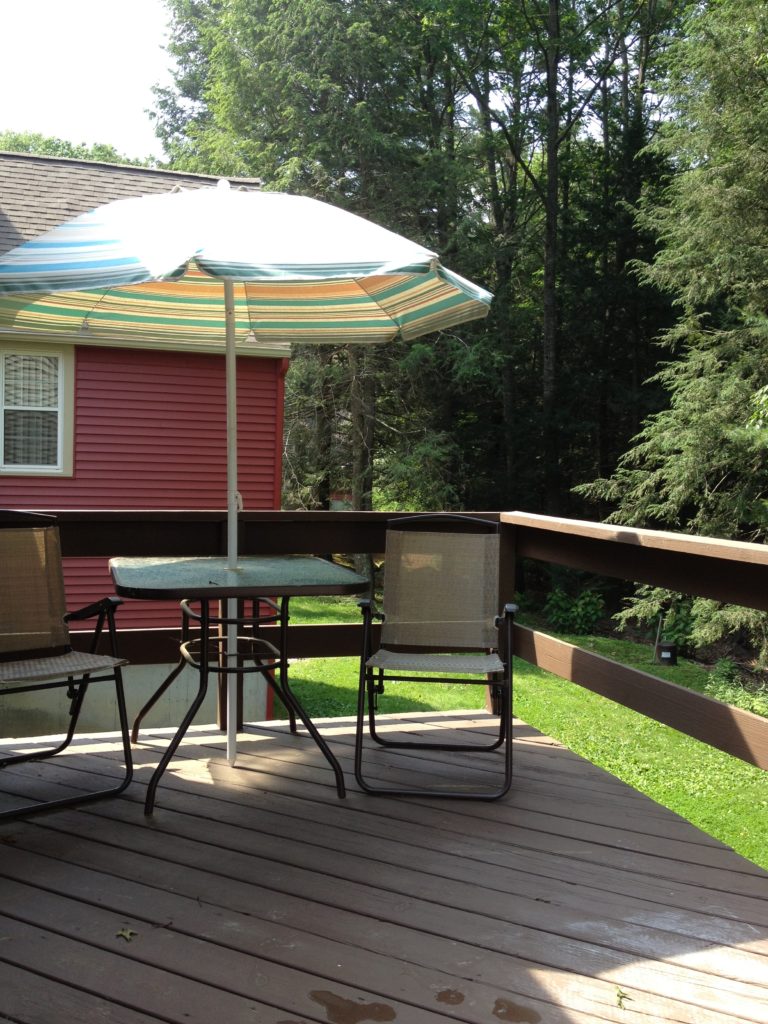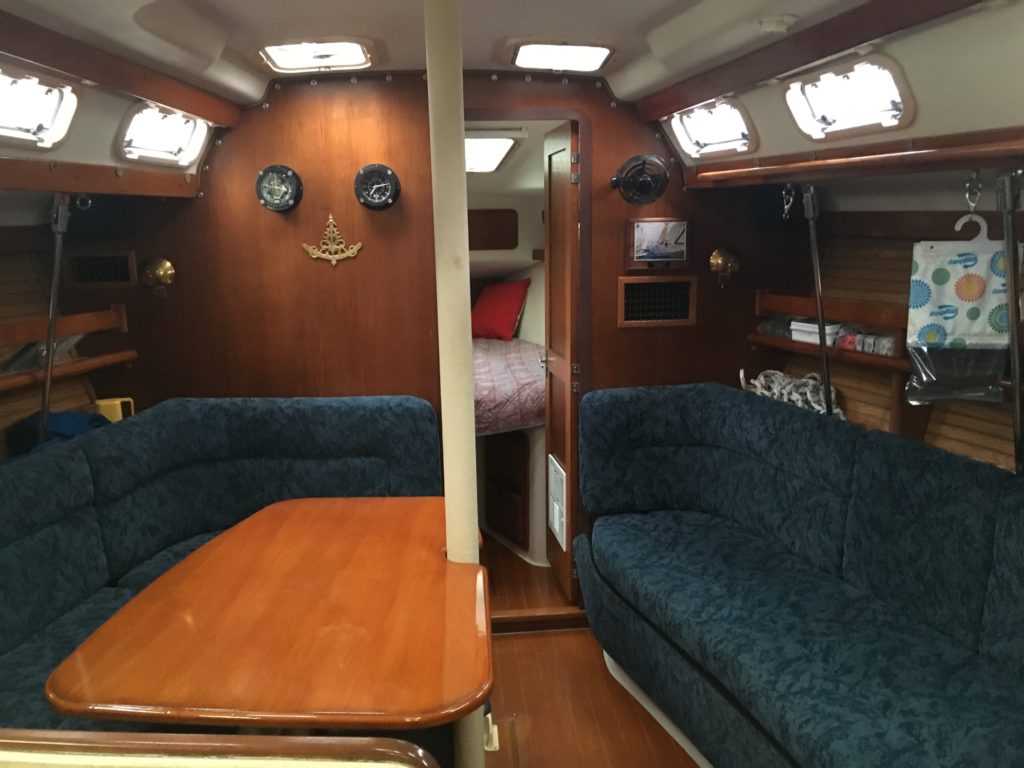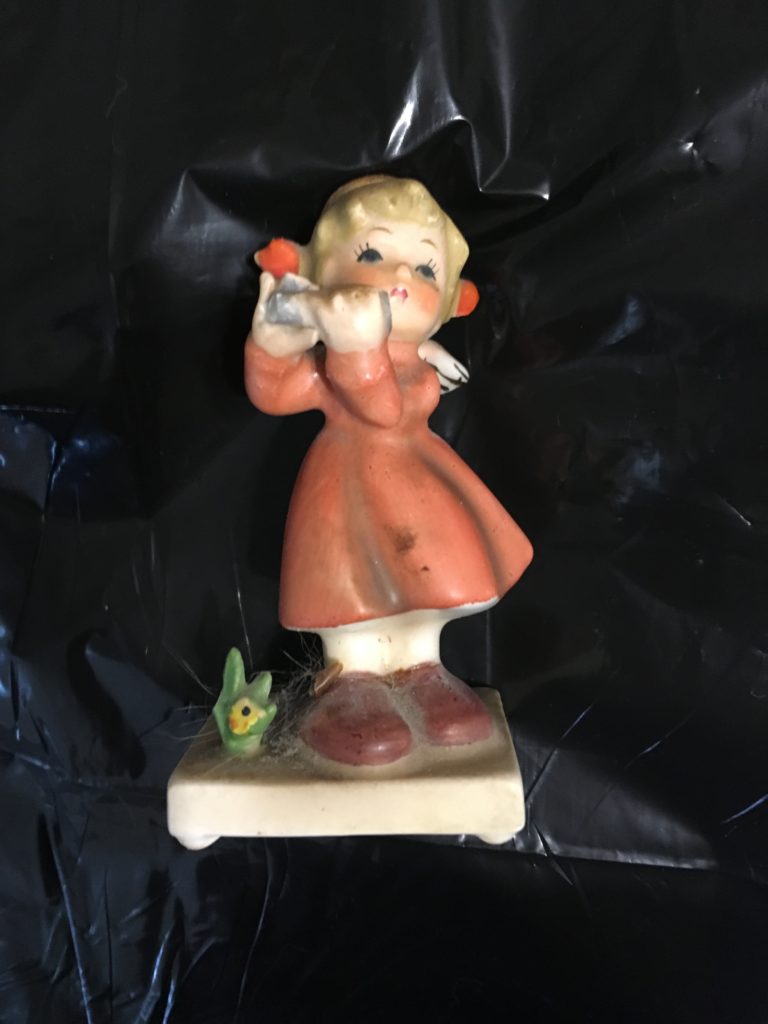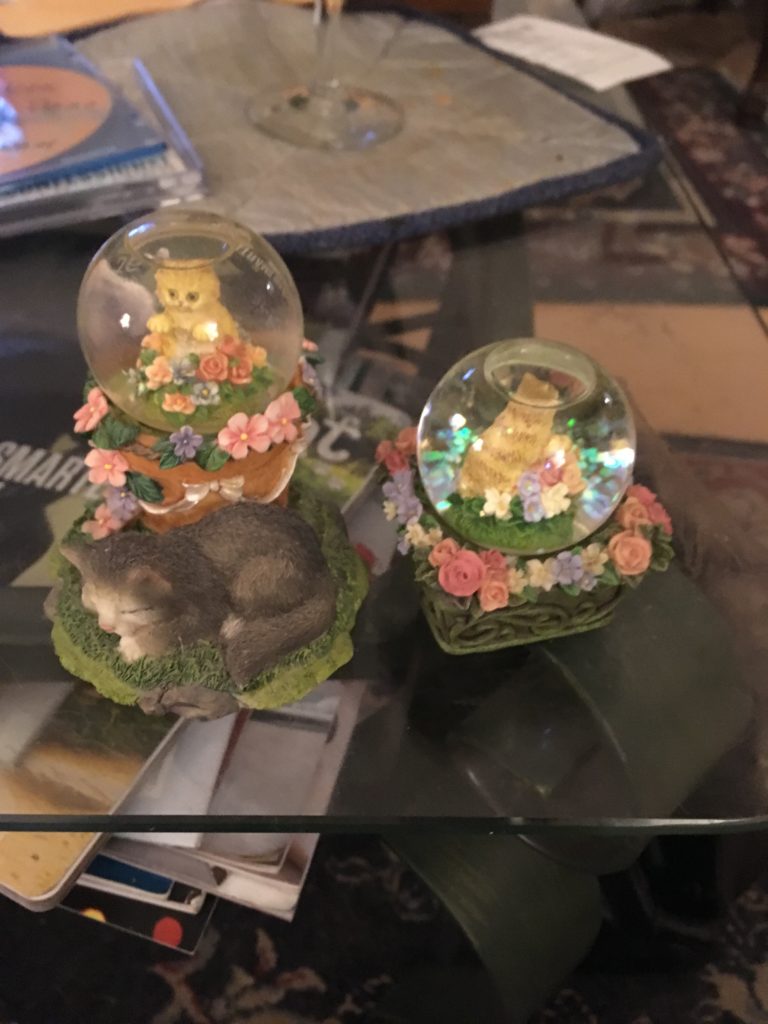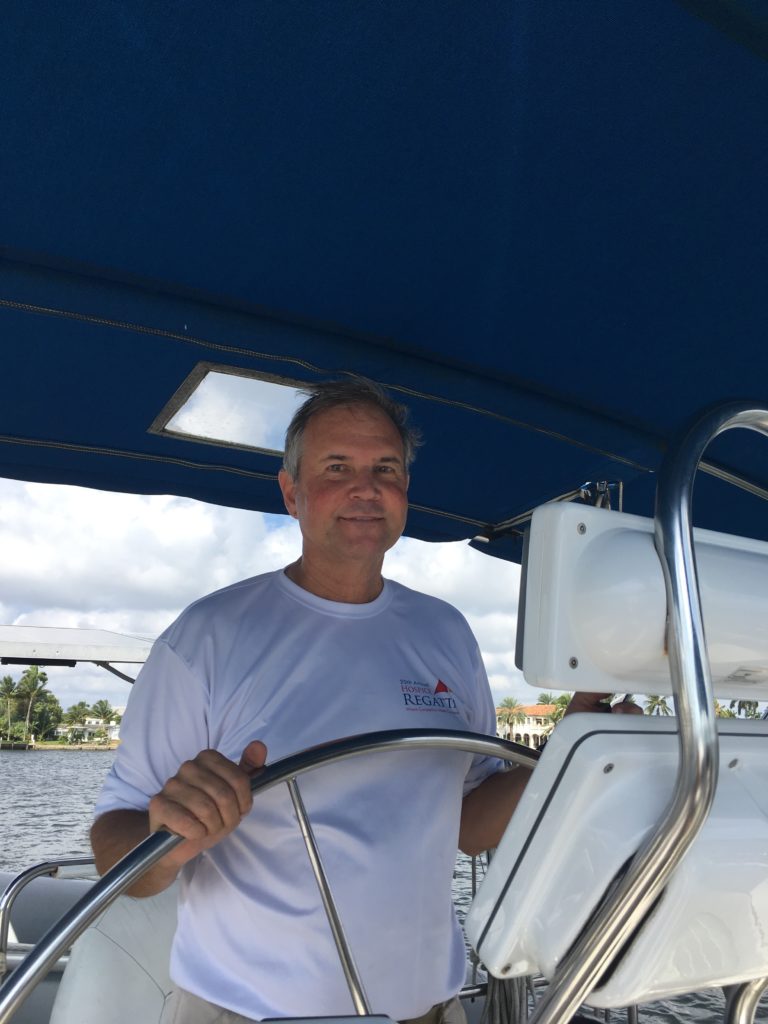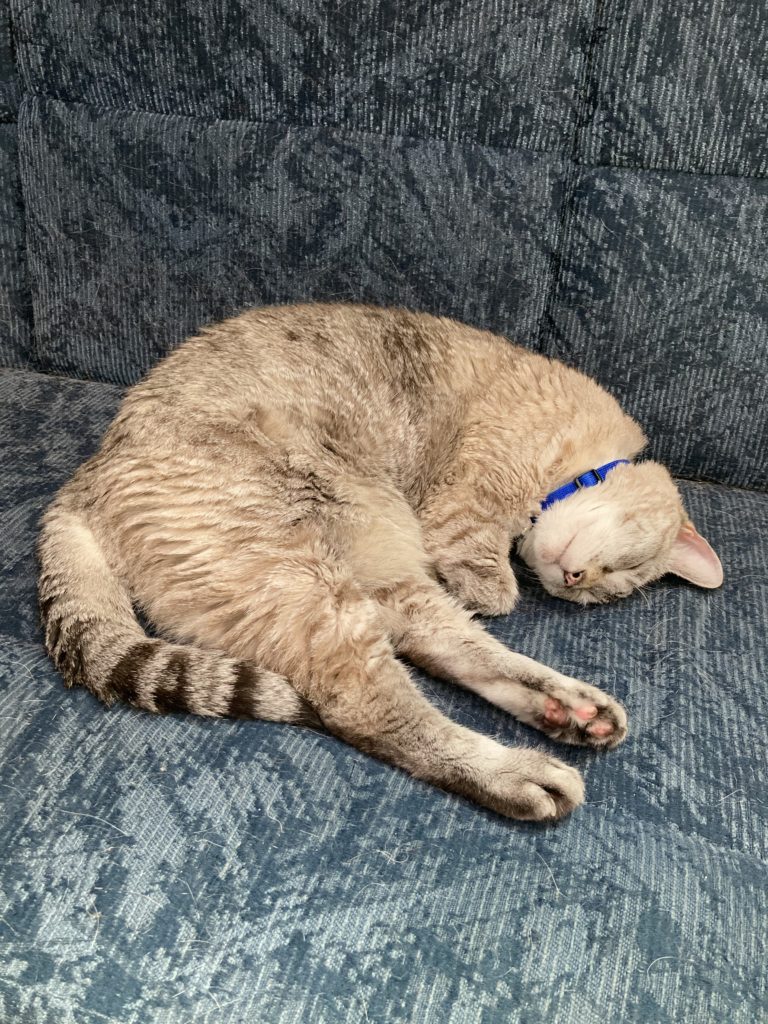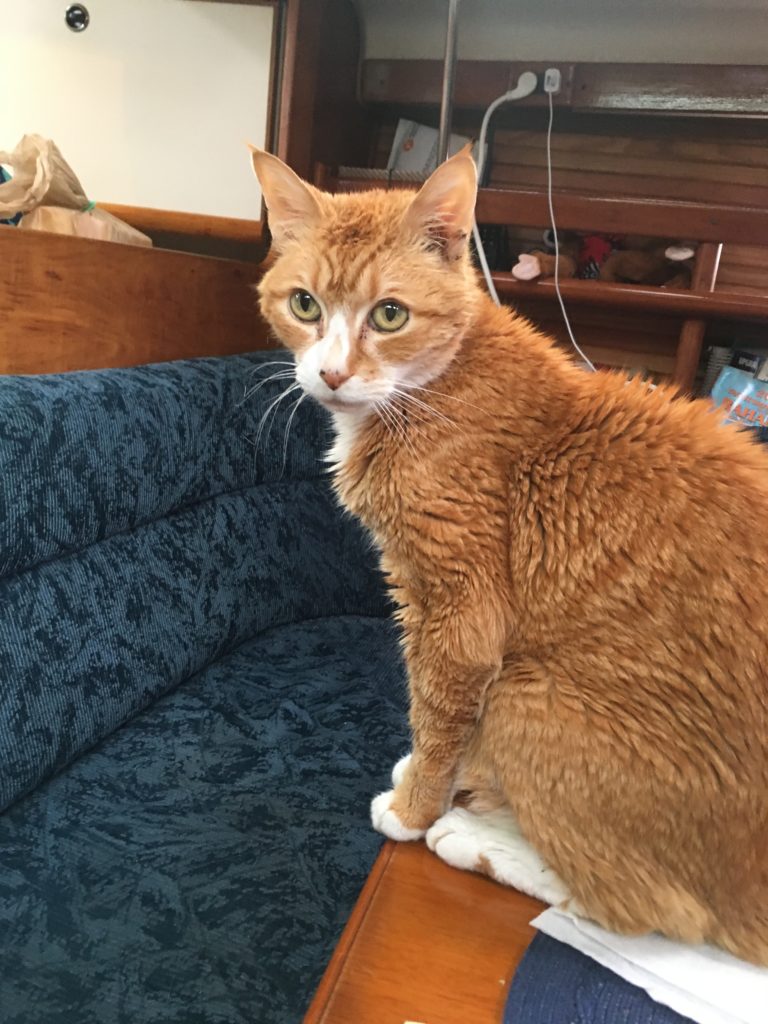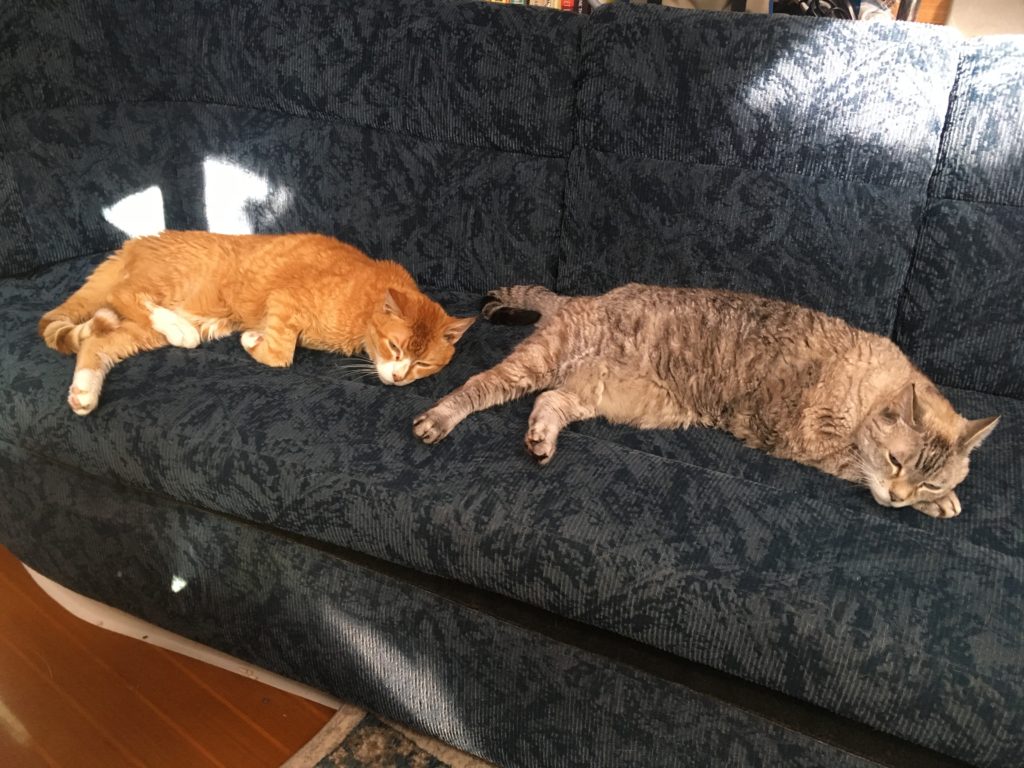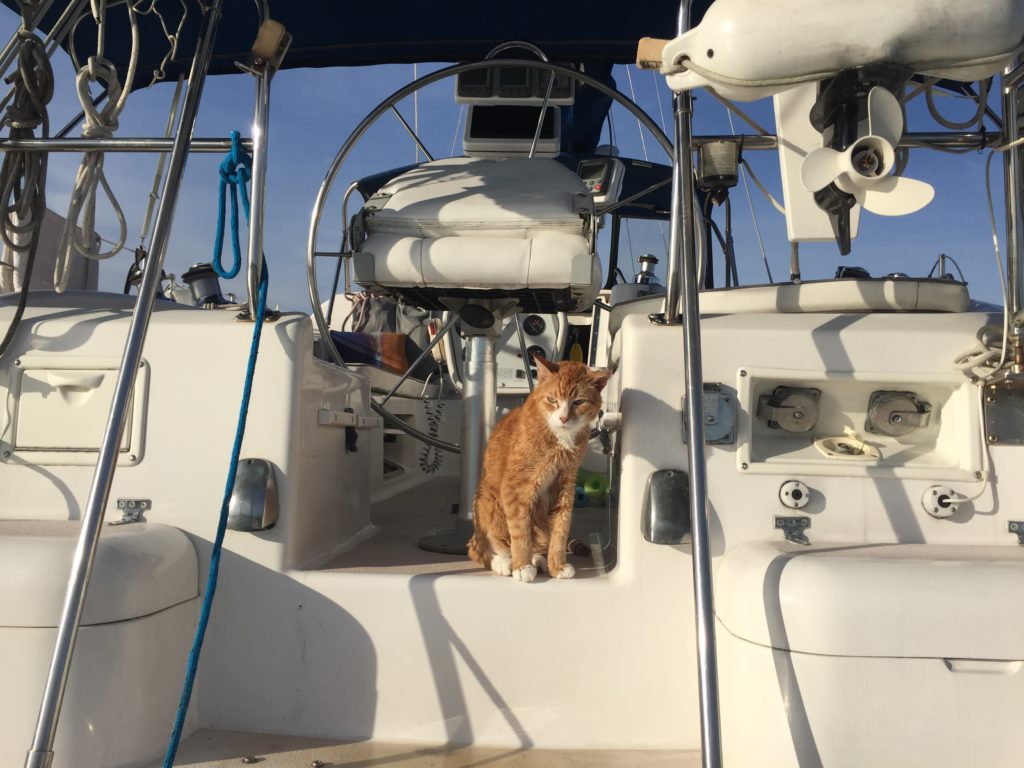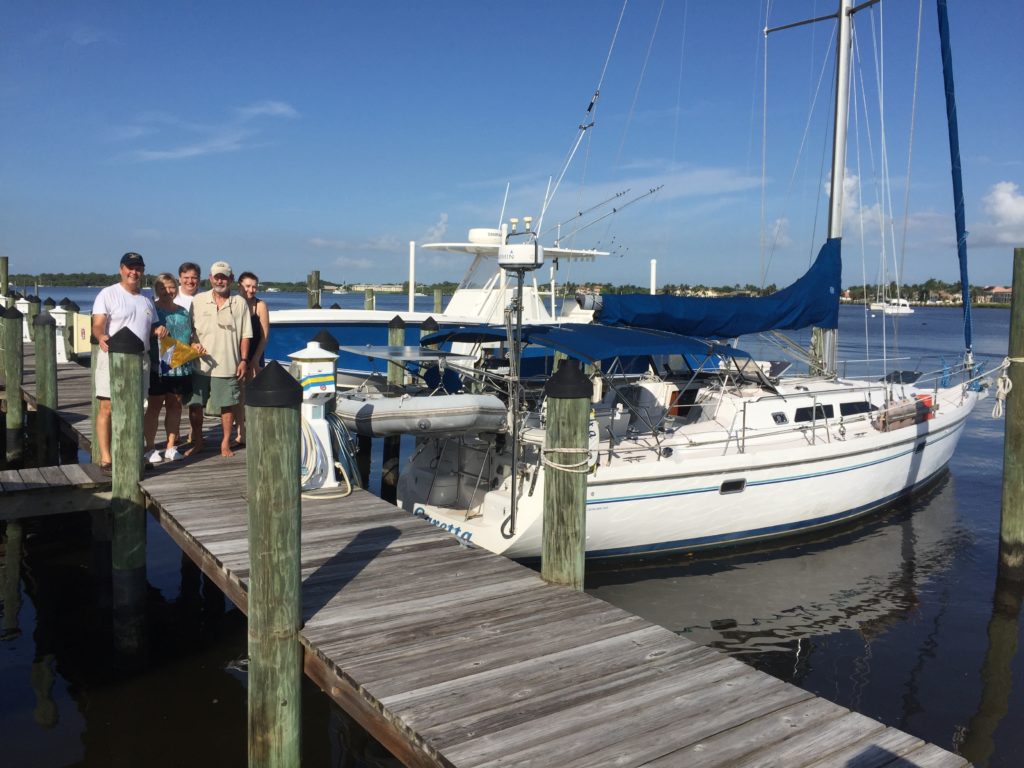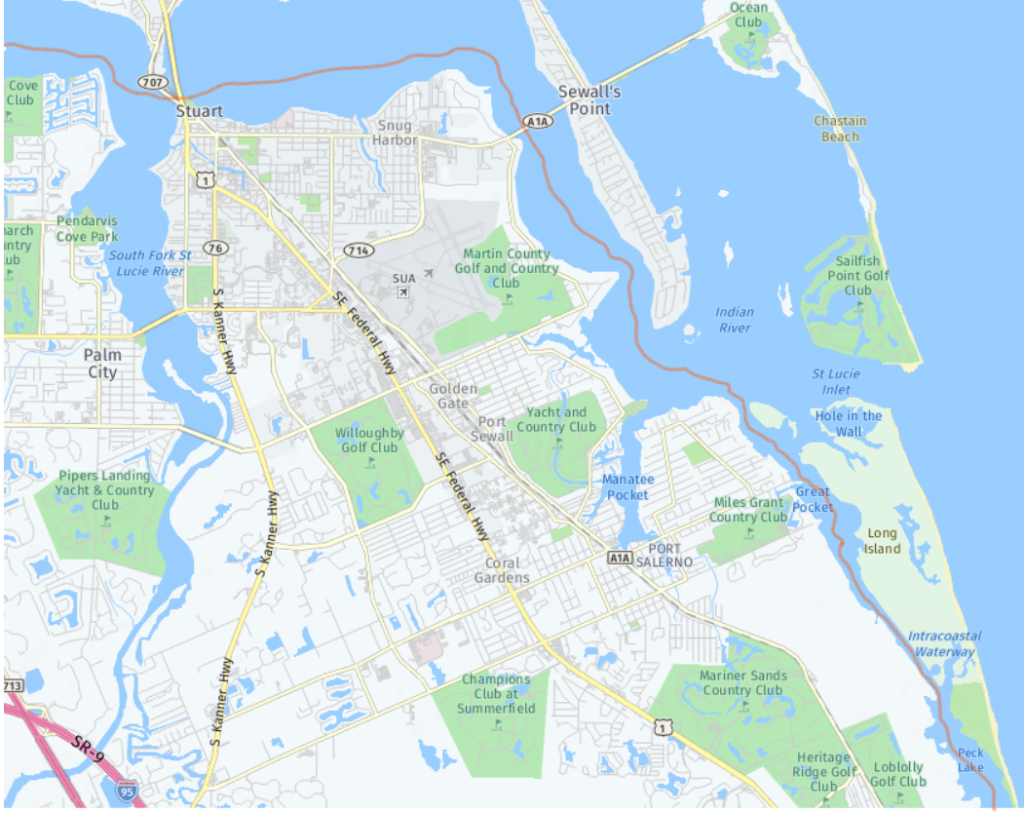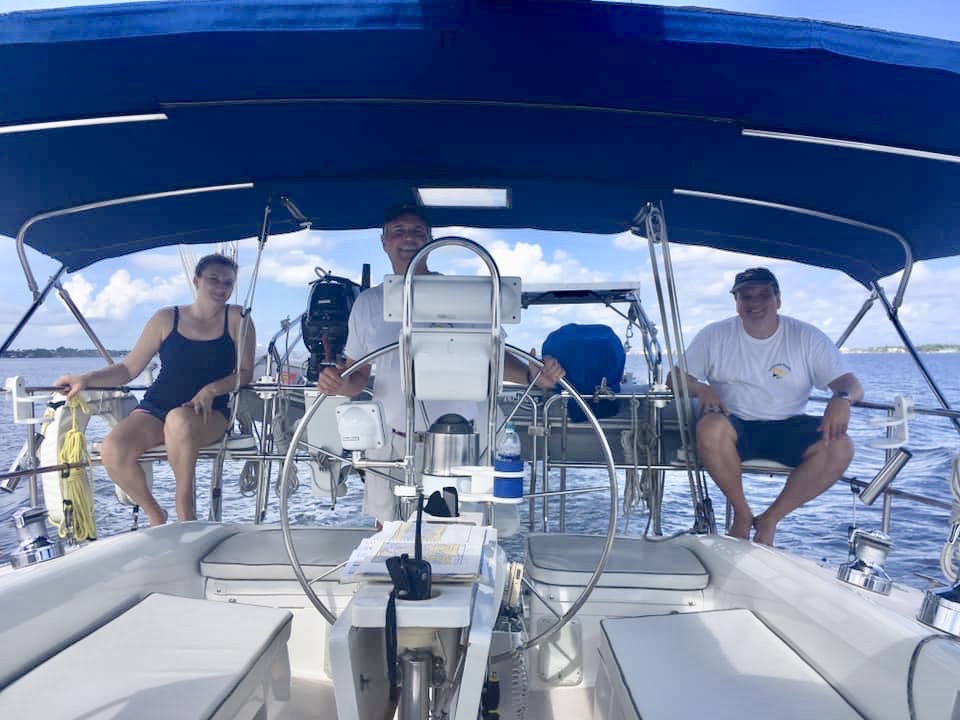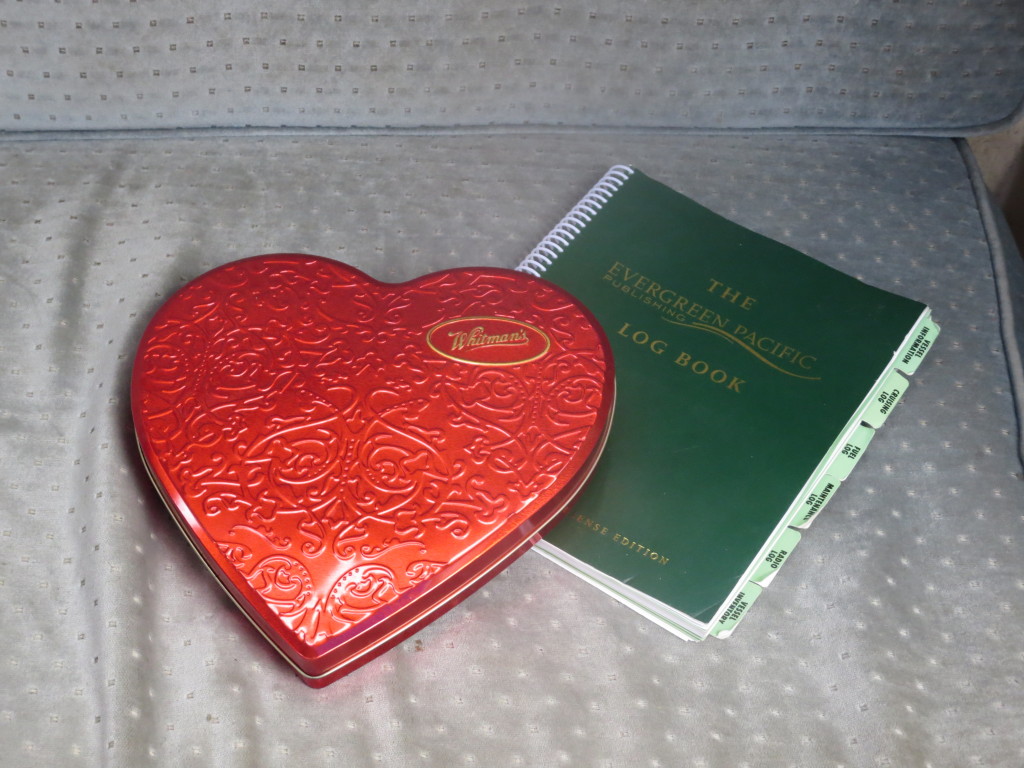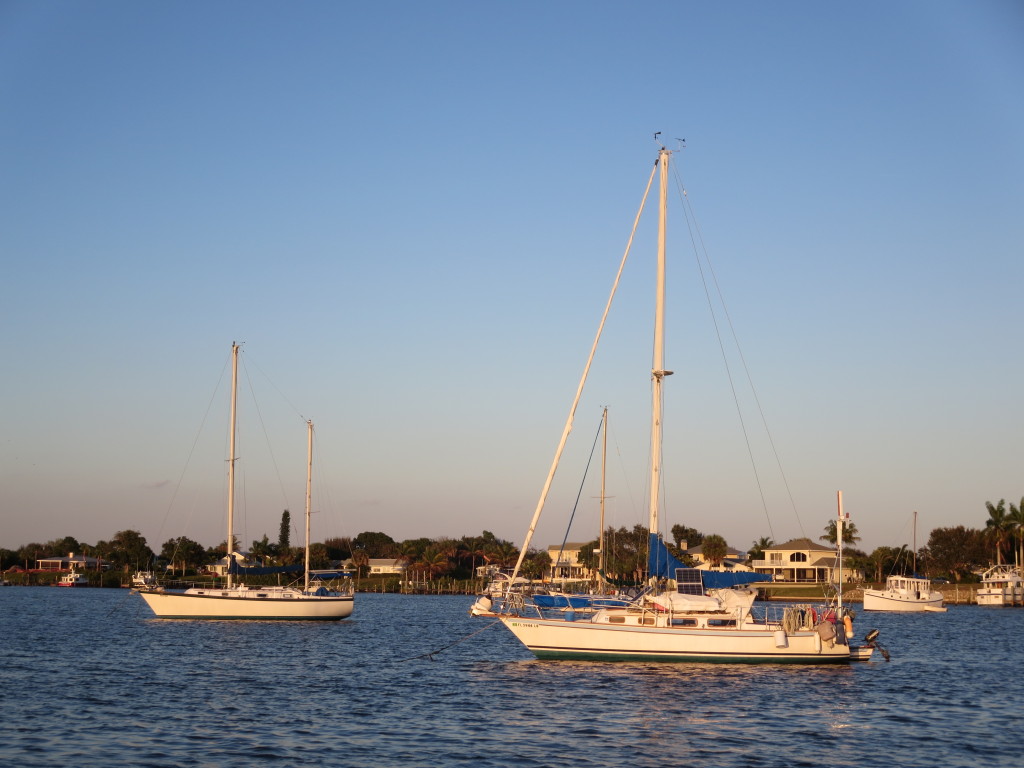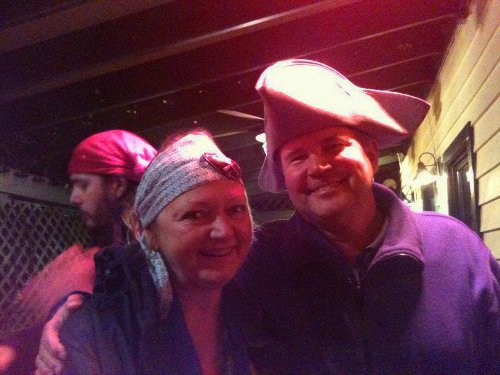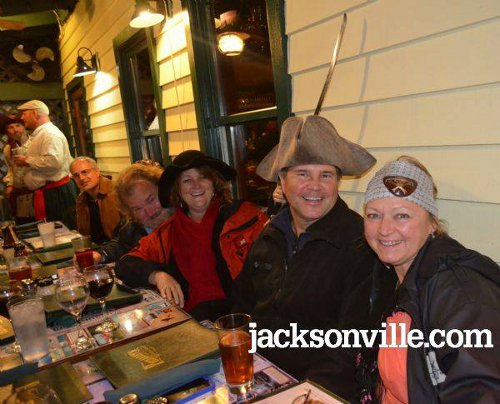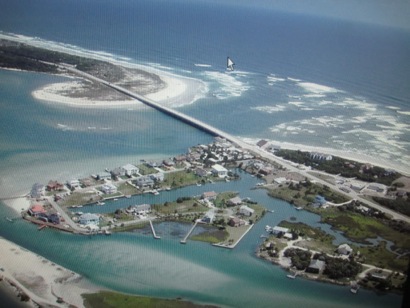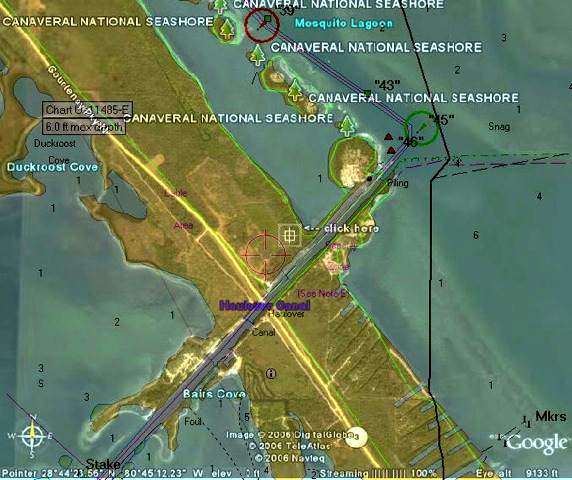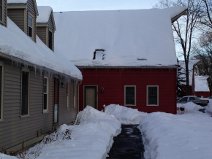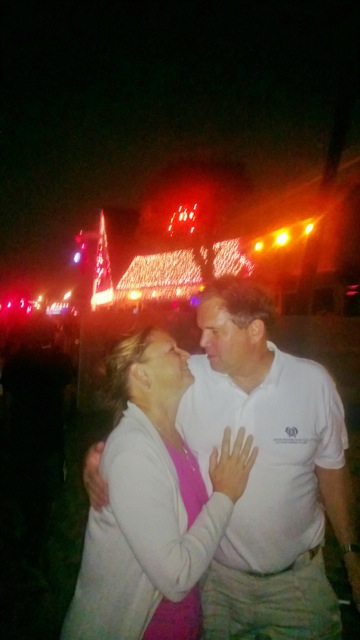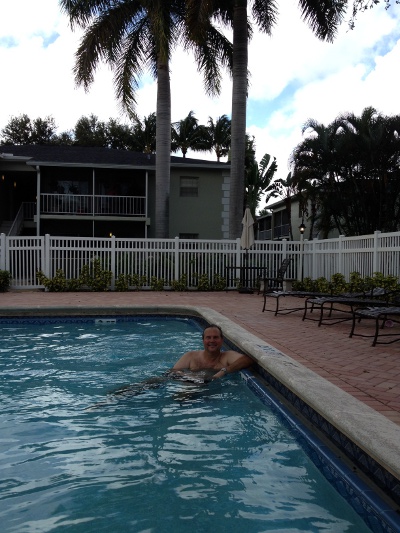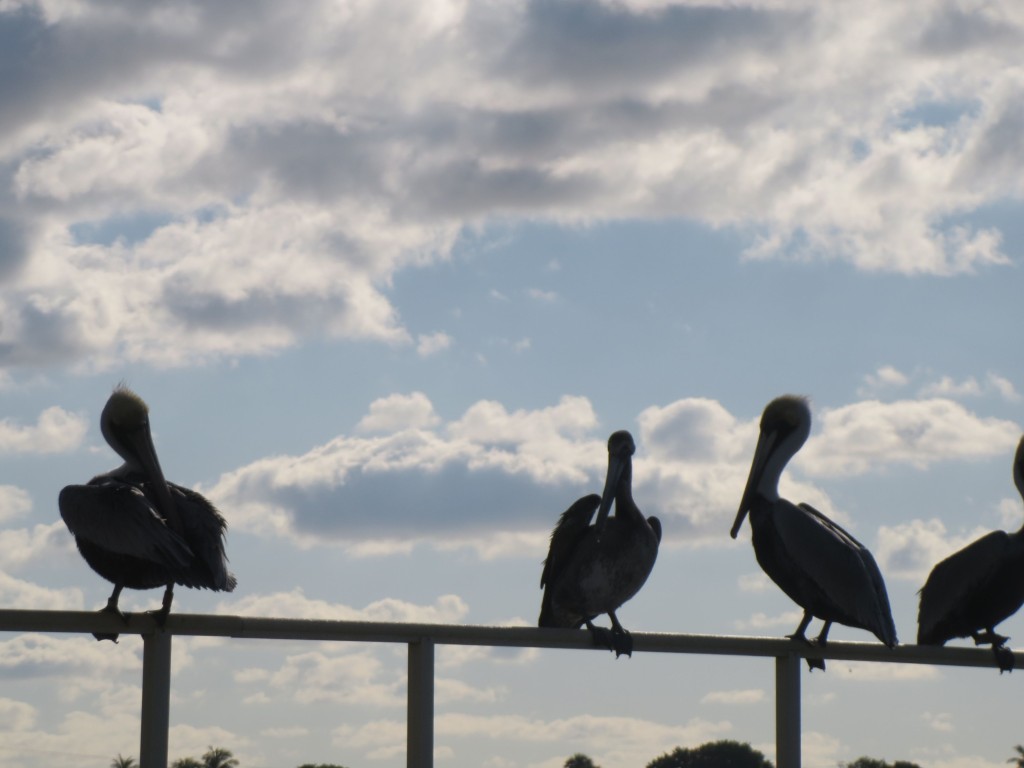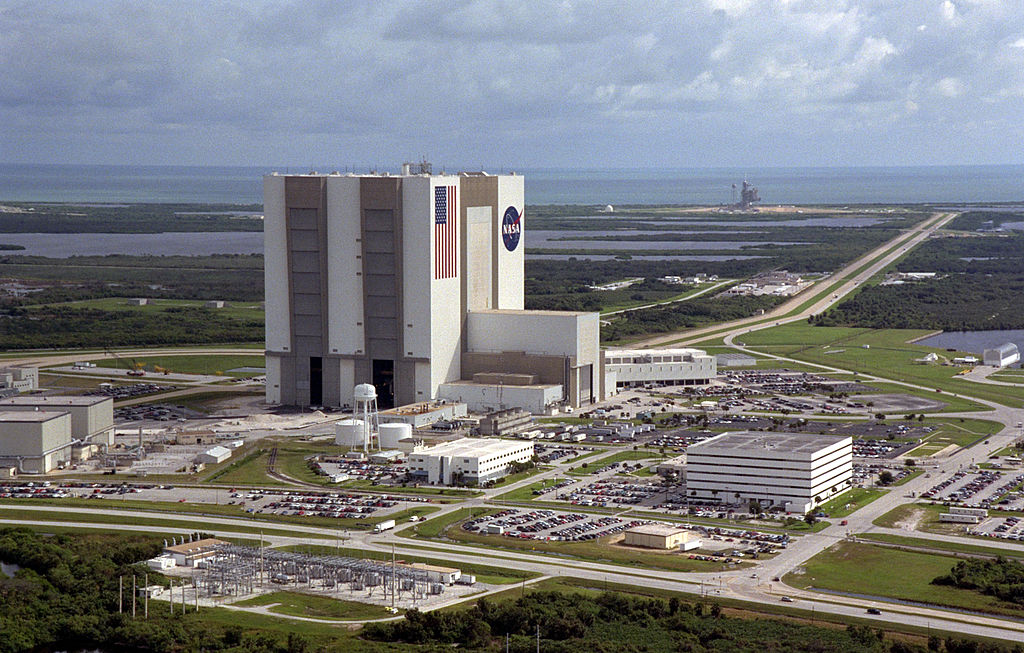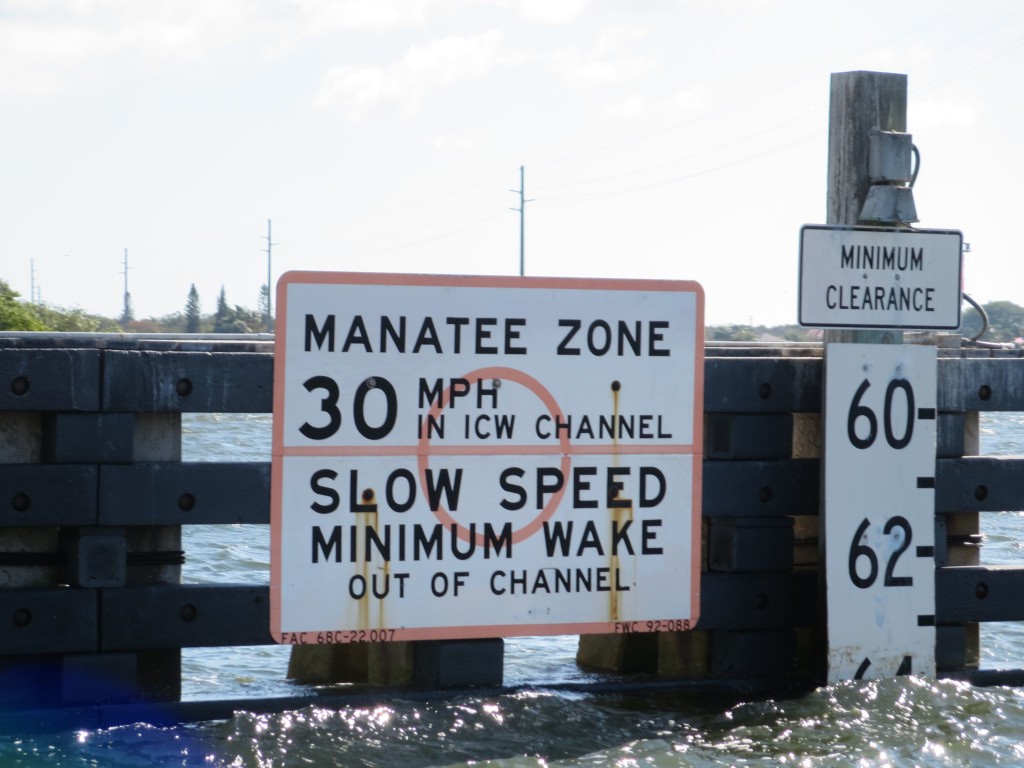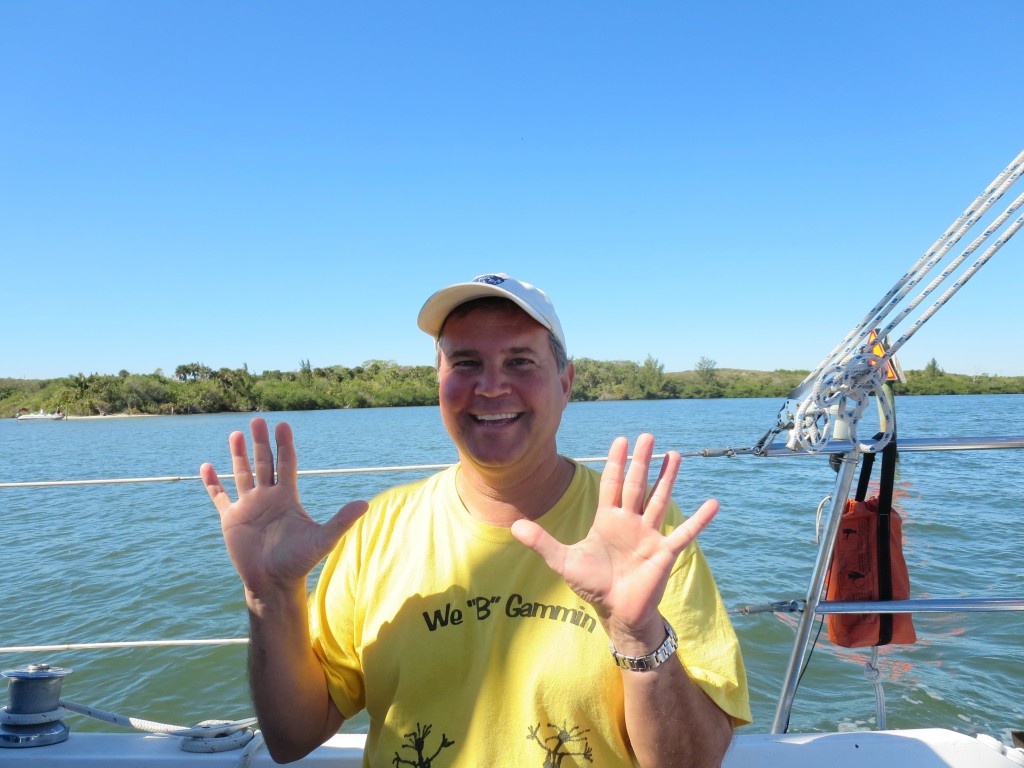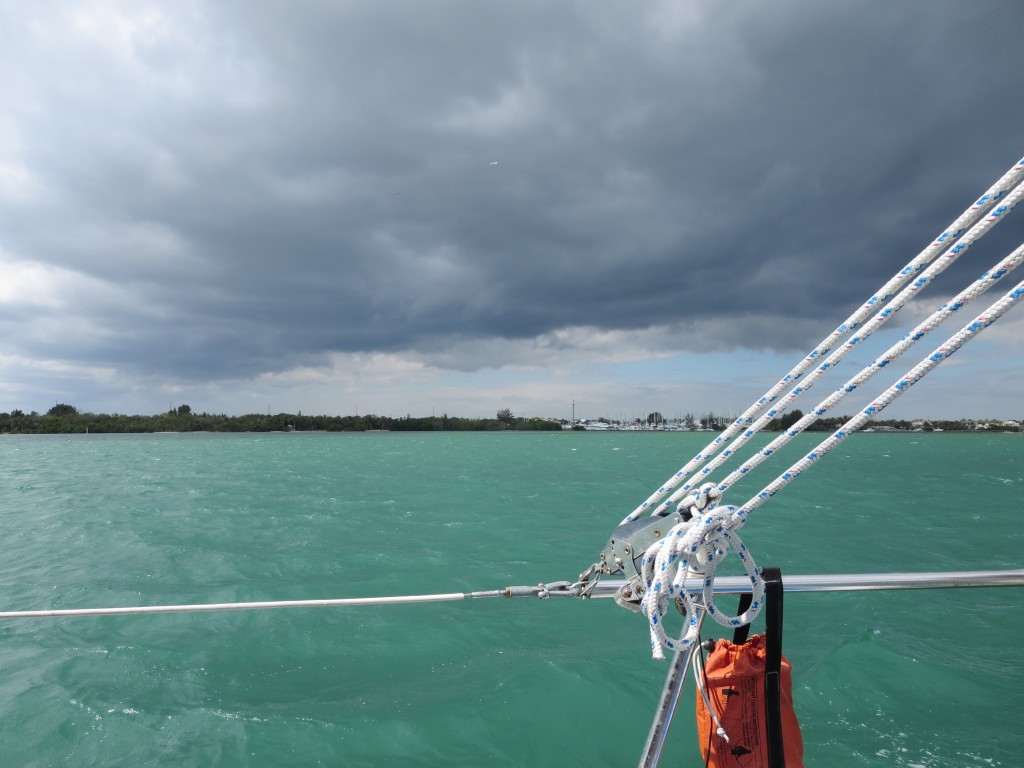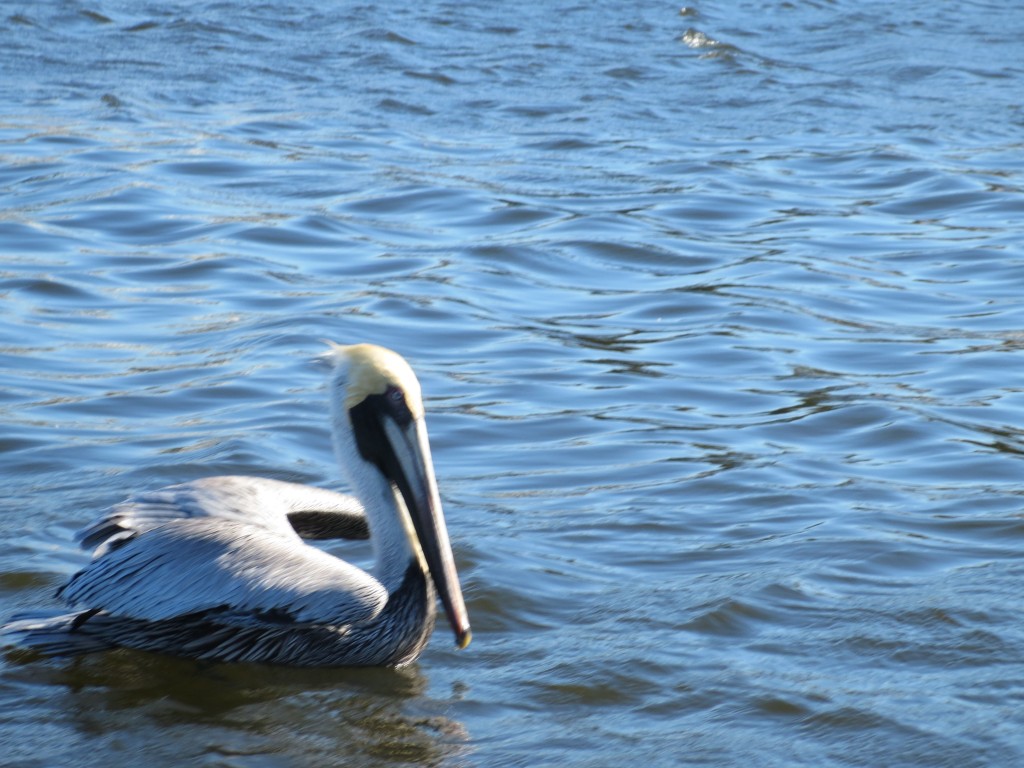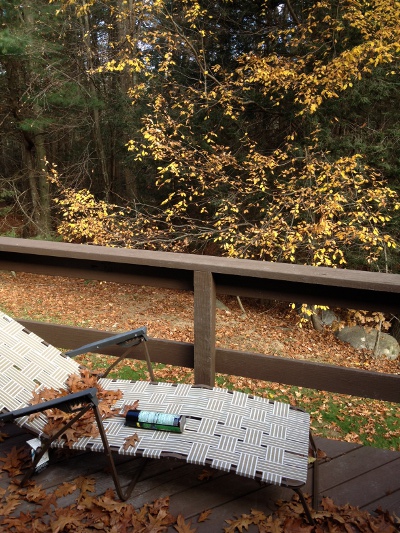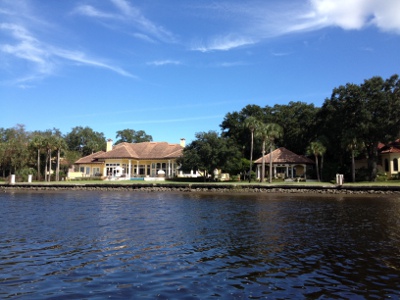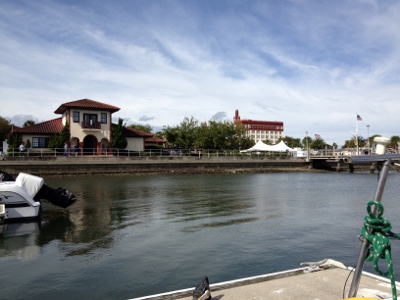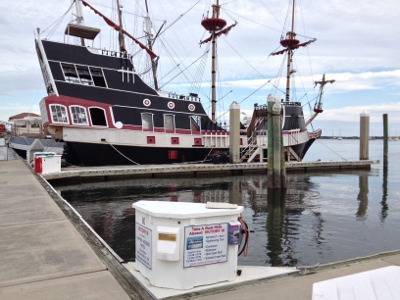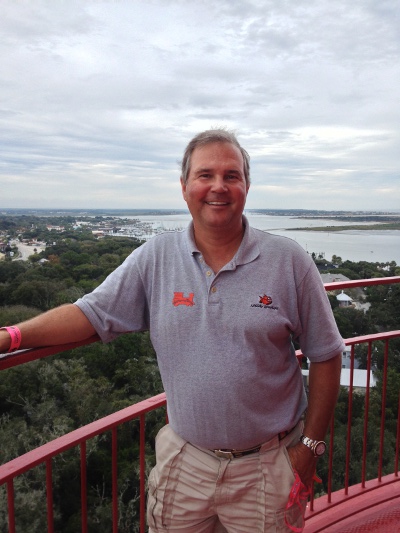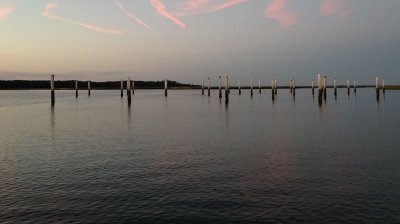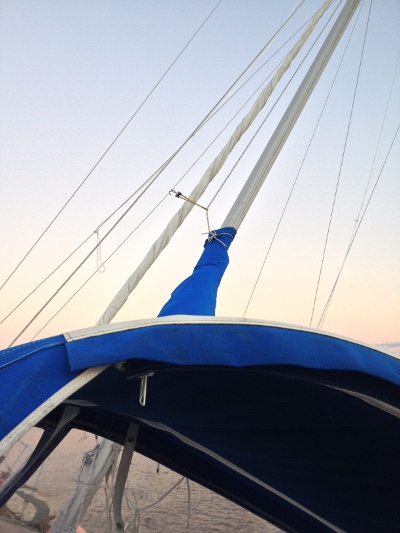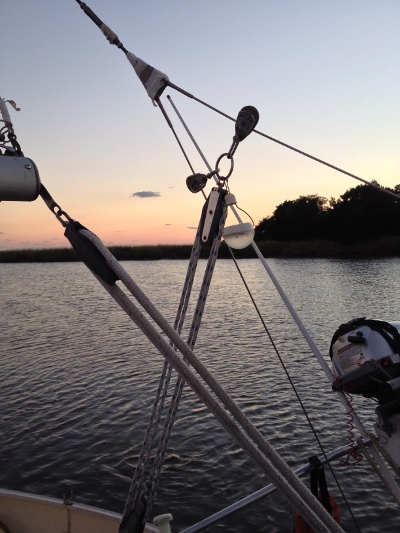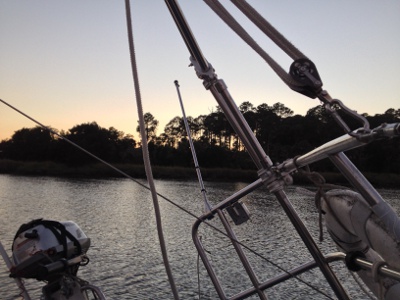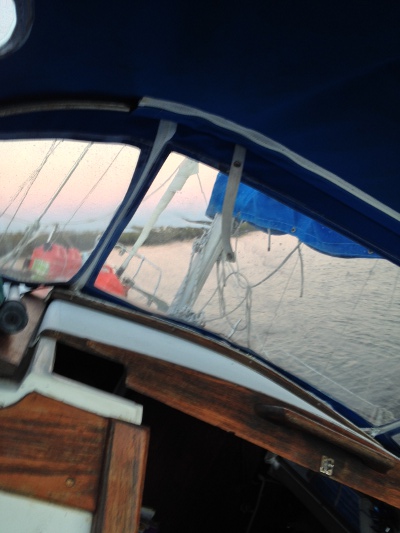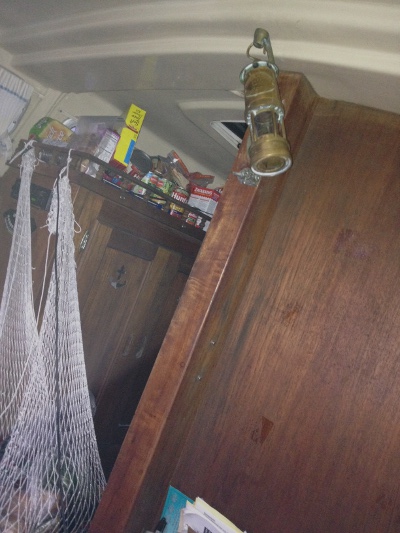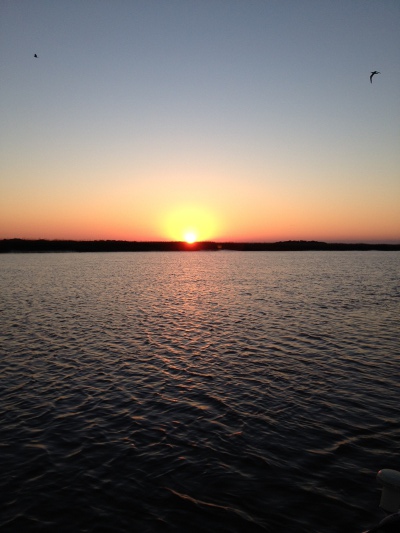August 8, 2022: Day 1 to Day 3
“Twenty years from now, you will be more disappointed by the things you didn’t do than those you did. So throw off the bowlines. Sail away from safe harbor. Catch the wind in your sails. Explore. Dream. Discover.”
– Mark Twain
It started out well enough – perfectly, in fact. We were up early, ready to go on a hot Wednesday morning. There was no one on the dock for farewells or bon voyage. We said a quiet goodbye to Dock 500, released the lines and retrieved the power cord. Phil backed Catmandu out of the slip as if it were a Fiat, as one dock friend once remarked. Fenders up, we were on our way a half hour early.
Three bridges later, we were crossing the turning basin where cruise ships live and heard a loud wap-wap-wap sound from the engine. Phil’s face fell. After years of owning a small sailboat with a terrible gas engine (the Atomic Bomb), he was used to breakdowns at the beginning of a voyage. But instruments looked good, and the noise stopped quickly so Phil went below while I kept us on course.
“Everything looks fine,” he said. “Let’s keep going.”
So we did. It was an eight-hour motorsail to our first waypoint at No Name Harbor on Key Biscayne. (Motor sailing means we kept the engine on while we raised the head sail, to keep our speed up in light winds blowing directly from our point of sail.) It was rougher than anticipated and hard to stay on course. With a forecast of two-to-three-foot waves and 10-15 knot winds, we thought it would be smooth sailing. It was not.
Strong currents and gusty winds kept us on our toes and my motion sickness kept me from being an energetic co-captain. I took the helm when needed, but Phil did most of the driving. He kept to himself the concerns he was feeling about the engine performance and the constant stream of white exhaust coming from our stern. He didn’t want to worry me.
We planned to stay two nights at No Name Harbor because we could. We have no deadline to get to Marathon, where a slip is waiting. We swam, took exploratory dinghy excursions, and slept under the stars when it got too hot in the v-berth. We had a spectacular sunset and moonrise the first night a we grilled veggie burgers for dinner. The gin and tonics flowed and we were completely relaxed.
There were several boats around us, all with Latino crews onboard. It seems to be a Spanish speaking area, but it was a weeknight, and the music wasn’t too loud. However, the servers at the Boaters Grill restaurant were (too loud). The yelling in Spanish was deafening at times. We had gone ashore for a nice restaurant meal the second night, but it was less than satisfying. The restaurant is overpriced and has no vegetarian options. The power went out a couple of times. “I guess it’s a lot like Cuba,” Phil said after the lights dimmed a second time.

Thursday night we ran the air conditioner for a short time but ended up sleeping in the cockpit again under a bright full moon – the Sturgeon Moon. It was idyllic until a rain shower drove us indoors at 4 a.m.
We pulled the anchor at 8 a.m. and headed out of the harbor, following our breadcrumb trail from two days earlier. As we were navigating through the channel markers out to Hawk Channel, we noticed a lot of white exhaust smoke. The engine was struggling, and when we tried to throttle up, it did not respond. Cue the Star Trek Scotty voice: “She’s not responding to helm, Captain.”
With 48 miles to go, and no protected anchorages along the way, we had a decision to make. Put up the sails and keep going, or turn back and get the engine checked out. I mentioned that we have no deadline on this trip, and that is a factor. With the prospect of light winds and sketchy engine performance, we turned around. We are sitting at anchor in No Name Harbor, waiting for the mechanic to call. Not a great start, but there is a breeze and swimming is in our future. Phil seems at ease with our decision. “There’s no one I’d rather be stranded with,” he said, and I feel the same.
***
The news was not good. One of our four cylinders has no compression, the head gasket may be bad, there may be damage to the cylinder caused by an overheating problem months earlier. It may be a bad fuel injector. No matter which option it is, we have to pull the cylinder head to properly diagnose it. The mechanic, Mario, was certain there was nothing else to be done. Phil asked about alternatives, and Mario pointed up. “Sail?” he said.
We have a towing plan that is “unlimited,” but actually there’s a limit of $3,000.00 so a tow to Marathon would be $11,000, just $8,000 out of pocket. Um, no. Phil called the mechanic back, got recommendations for repair marinas to try, and quickly reached a dead end. Marinas are full, they are hard to get to with our 5’6” draft, or they don’t do engine repairs. We kept trying until we ran out of options. We went swimming.
After dinner, we heard live jazz music coming from the open-air bar that overlooks Biscayne Bay. As we sat in the cockpit watching the sun set, a single dolphin swam by, doing three perfect arches and a tail slap to let us know he was there. Tomorrow, we will solve our problems. For tonight, we have strains of muted trumpet and piano, a sunset punctuated by silent lightning, and our own private dolphin show.
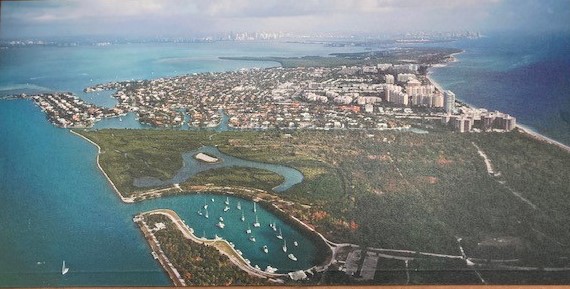
No Name Harbor. There was only one other sailboat at the time of our visit.




